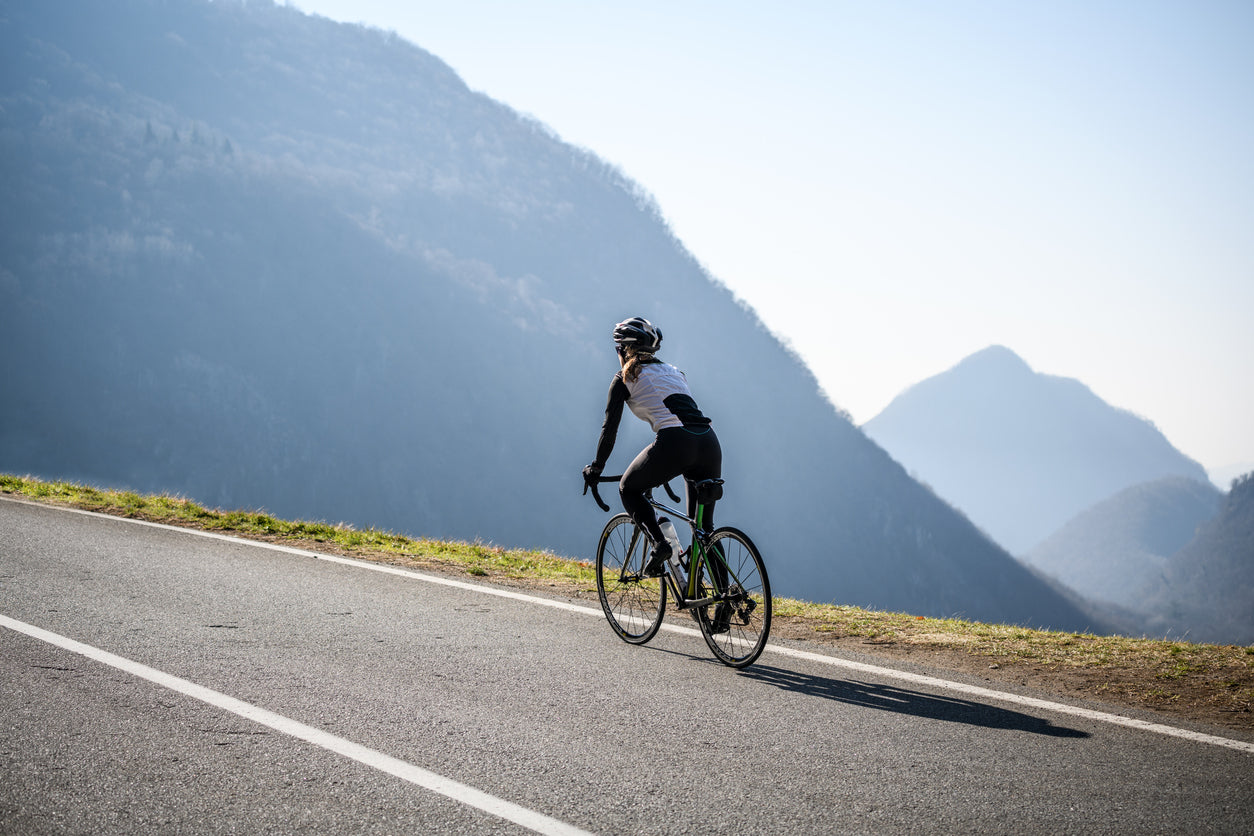Hills.
The mere mention of them can induce a shiver of dread in even the most seasoned cyclist. However, mastering the art of hill climbing is a transformative experience and it's a challenge that, once conquered, can elevate your cycling enjoyment to new heights. This guide will delve into the techniques, training, and mindset necessary to transform those daunting inclines into opportunities for growth.
The Art of Ascending
Hill climbing is as much a mental battle as it is a physical one. The right technique can make a world of difference. Gear selection is paramount - too high a gear will leave you spinning fruitlessly, while too low will sap your momentum. The sweet spot lies in finding the gear that allows you to maintain a consistent cadence, typically around 80-90 revolutions per minute. This rhythm conserves energy and helps you sustain the effort.
Body position is another crucial factor. While seated climbing is generally more efficient, there are times when standing can provide extra power - the key is to experiment and find what works best for you on different gradients. Remember, a relaxed upper body and engaged core are essential for optimal power transfer.
Breathing is often overlooked but plays a vital role in hill climbing performance. Deep, steady breaths ensure a consistent oxygen supply to your muscles. Focus on exhaling fully to facilitate oxygen intake.

Training for the Climb
Consistent training is the cornerstone of improved hill-climbing ability. Hill repeats are a tried-and-true method for building climbing strength and endurance. By repeatedly tackling a challenging incline, you'll gradually increase your capacity to generate power and sustain the effort. Complementing hill repeats with longer endurance rides will enhance your overall aerobic fitness, enabling you to tackle extended climbs with greater ease.
Strength training is another valuable component of a well-rounded climbing regimen. Exercises such as squats, lunges, and core workouts develop the muscles essential for efficient peddling. Cross-training activities like running or swimming can also contribute to improved cardiovascular fitness and overall endurance. Have a look at this previous post for some further info about mobility training HERE

Fuelling Your Ascent
Proper nutrition is essential for powering your body up those hills. Hydration is paramount - dehydration can significantly impair performance, so it's crucial to drink regularly, especially in hot conditions. Carbohydrates are the primary energy source for sustained exercise - energy gels, sports drinks and energy bars offer easily digestible carbohydrate options. Electrolytes, essential minerals lost through sweat, should be replenished to maintain optimal function. A balanced meal rich in carbohydrates and protein before your ride provides a solid energy foundation. And a biggie not to forget - post-ride recovery is equally important, with a combination of carbohydrates and protein aiding muscle repair and replenishment.
The Mental Game
Overcoming mental barriers is often as crucial as physical preparation. Setting achievable goals can provide motivation and a sense of accomplishment. Breaking down a challenging climb into smaller segments can make it seem less daunting. A supportive riding buddy can offer encouragement and help you push your limits. Celebrating your progress, no matter how small, reinforces positive reinforcement.
Remember, improvement takes time and consistency. Embrace the challenge, experiment with different techniques, and most importantly, enjoy the journey. With dedication and the right approach, you'll transform those dreaded hills into exhilarating tests of your abilities.


